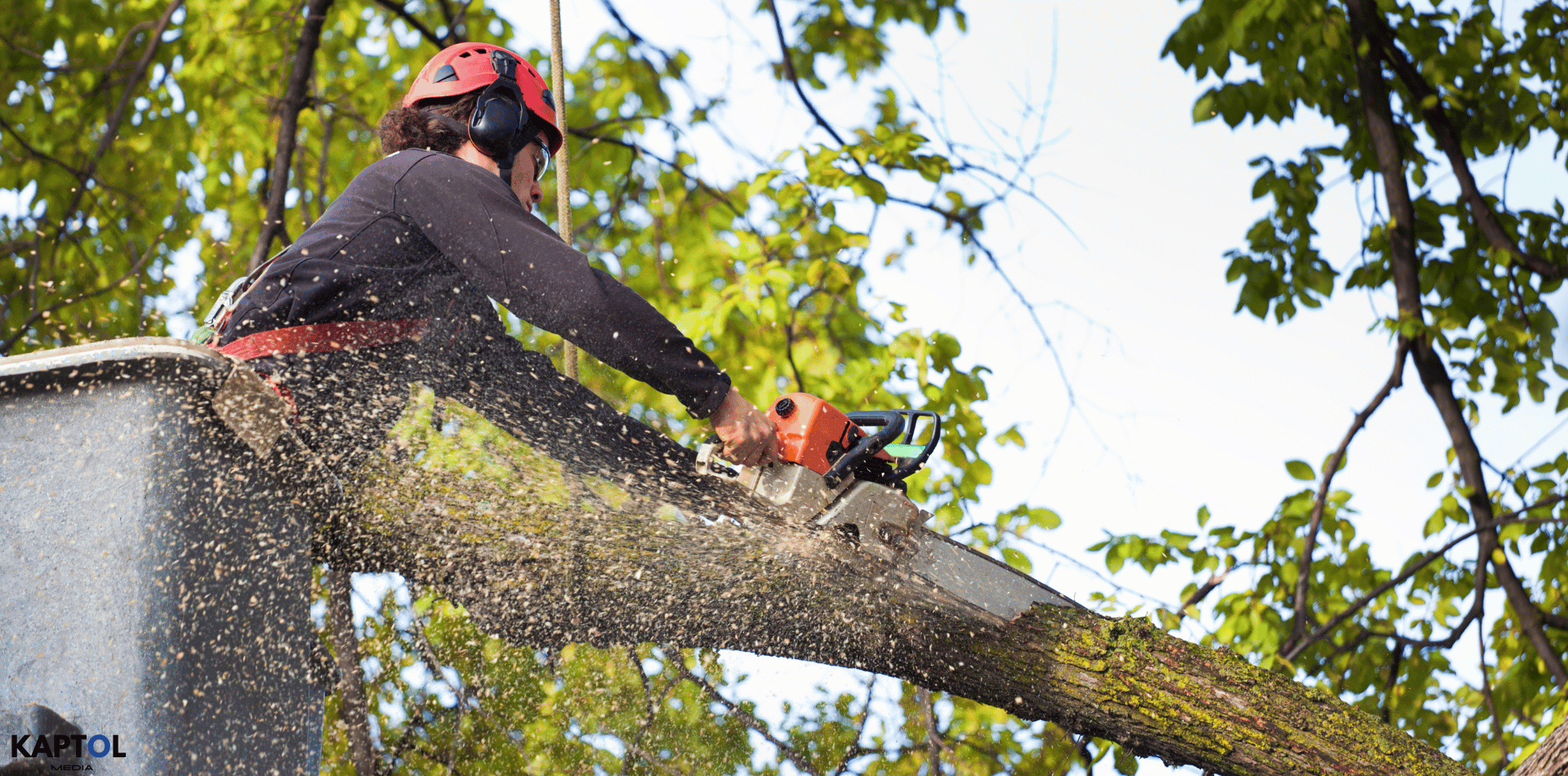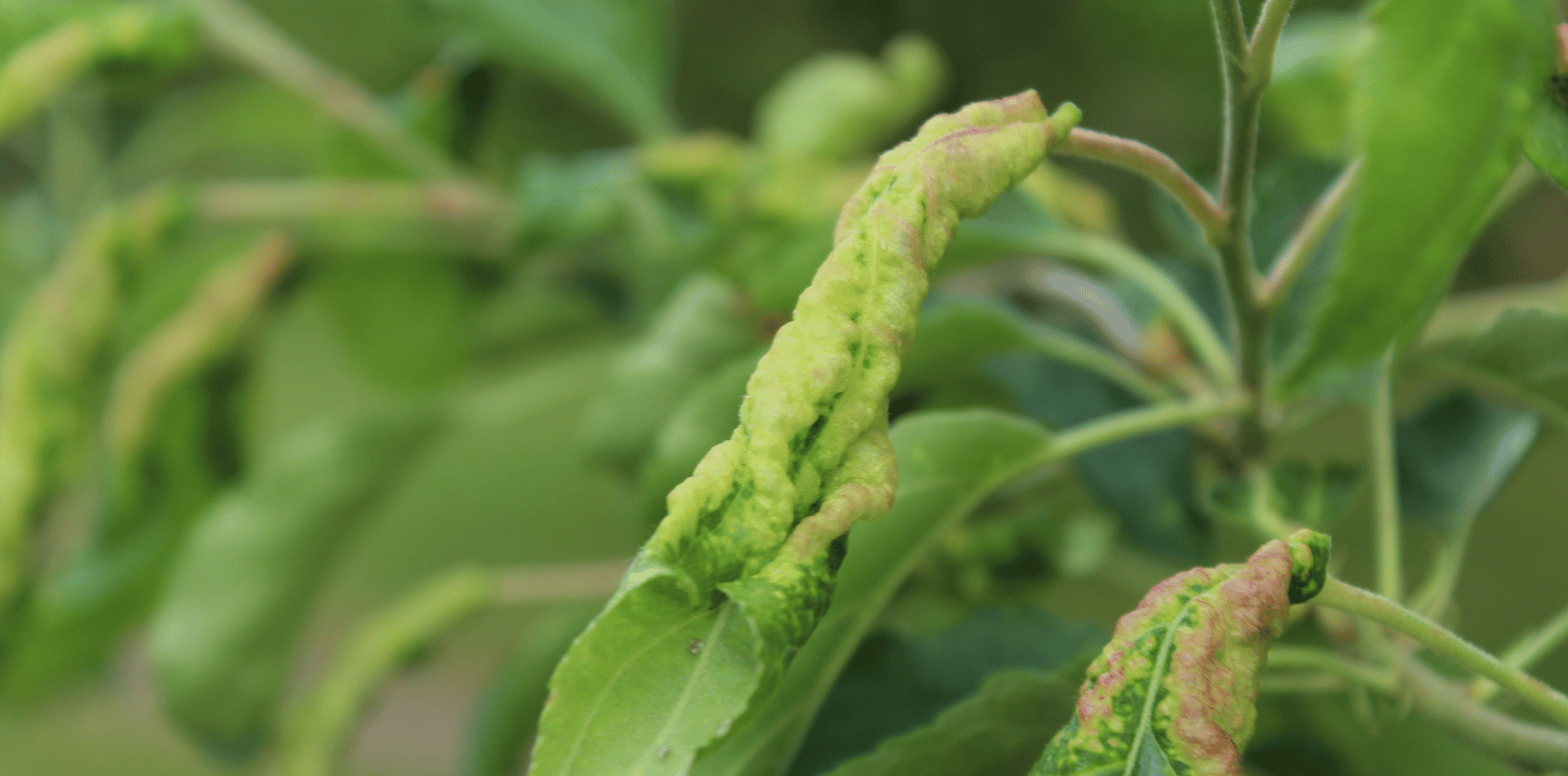Arborists role in Suburban Green Spaces Preservation
Suburban Green Spaces Preservation - The Role of Arborists
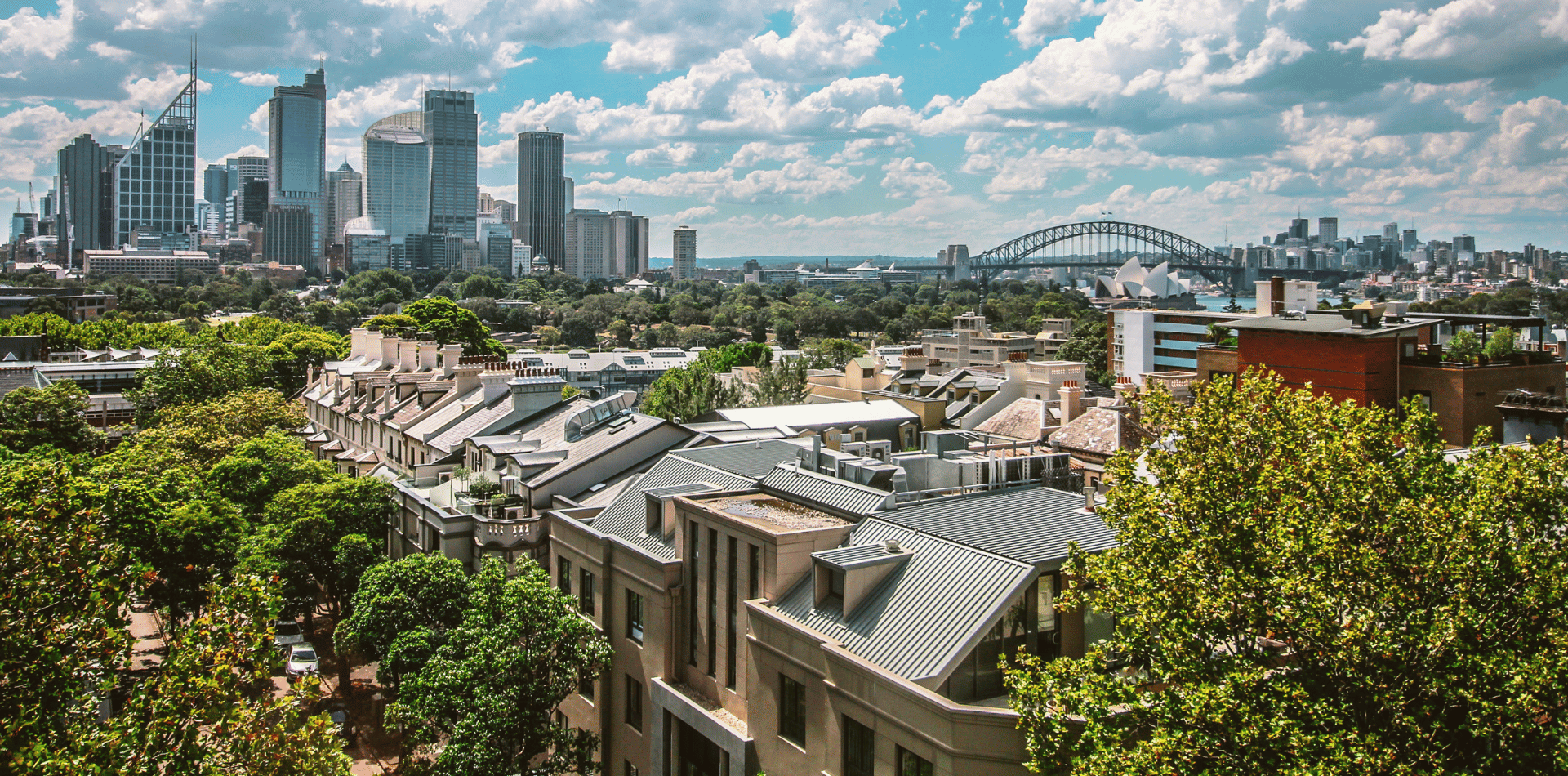
In the heart of our bustling suburban landscapes, a group of dedicated professionals, known as arborists, play a crucial role in preserving and enhancing the green spaces that breathe life into our cities.
Their work, often unnoticed by many, is essential in creating healthy, sustainable environments where both people and nature can thrive together.
The Importance of Urban Green Spaces
Ecological Benefits
Urban green spaces are not just aesthetic enhancements; they are vital ecosystems that provide significant ecological benefits.
Trees and plants filter pollutants from the air, provide oxygen, and help mitigate the urban heat island effect by providing shade and releasing water vapour through transpiration.
Arborists, through their expertise, ensure these green spaces are well-maintained, contributing to the overall health of the urban environment.
Social and Health Benefits
Beyond their beauty, urban green spaces offer a sanctuary for community interaction and are instrumental in improving physical and mental health among city dwellers.
They provide areas for recreation, relaxation, and socialisation, reducing stress and promoting a sense of well-being.
Arborists play a key role in designing these spaces to be more inviting and accessible to the public.
Challenges Facing Urban Trees
Urban trees face a unique set of challenges, from pollution and compacted soils to the heat island effect, necessitating specialised care to thrive.
Arborists are on the front lines, addressing these challenges through careful selection of tree species that can tolerate urban conditions, regular maintenance, and innovative solutions to improve soil and air quality around trees.
What Does an Arborist Do?
Roles and Responsibilities
Arborists are the guardians of our urban trees, tasked with the care and maintenance of these natural assets through a variety of specialised practices.
From pruning and fertilising to diagnosing and treating disease, arborists ensure that urban trees grow strong and healthy, providing maximum benefits to the urban environment.
Skills and Expertise
The expertise of arborists extends beyond tree pruning; it encompasses a deep understanding of tree biology, pathology, and urban forestry management.
They are trained to recognise the subtle signs of tree distress, implement effective treatment plans, and advise on the best practices for tree care, ensuring the longevity and vitality of urban green spaces.
Arborists and Urban Green Spaces Preservation
Tree Planting and Selection
Strategic tree planting and species selection by arborists are critical in developing resilient urban forests that can withstand the challenges of city life.
They select species that are not only suited to the local climate but also resistant to common urban stresses, thereby enhancing biodiversity and stability in urban green spaces.
Maintenance and Care
Regular maintenance and care by arborists are essential to ensure the health and longevity of urban trees. This includes routine inspections, pruning, mulching, and irrigation, which help prevent disease and pest infestations, ensuring that trees remain a valuable asset to the urban landscape.
Risk Management and Safety
Arborists also play a pivotal role in risk management, ensuring that trees do not pose safety hazards to the public while maintaining their health and structural integrity.
Through regular assessments, arborists identify potential risks and take preemptive actions to mitigate them, such as removing dead or weak branches.
FAQ's
Q: How often should urban trees be inspected?
A: Urban trees should be inspected at least once a year by a professional arborist to assess their health, structural stability, and any need for maintenance.
Q: Can residents contribute to the health of urban trees?
A: Yes, residents can contribute by watering street trees during dry periods, mulching to retain soil moisture, and avoiding damage to tree roots and trunks.
Q: What are the biggest threats to urban trees?
A: Urban trees face threats from construction damage, pollution, compacted soils, limited growing space, and climate change.
Q: How do arborists decide when to remove a tree?
A: Arborists recommend removing a tree only when it's dead, diseased beyond recovery, or poses a safety hazard that cannot be mitigated through other means.


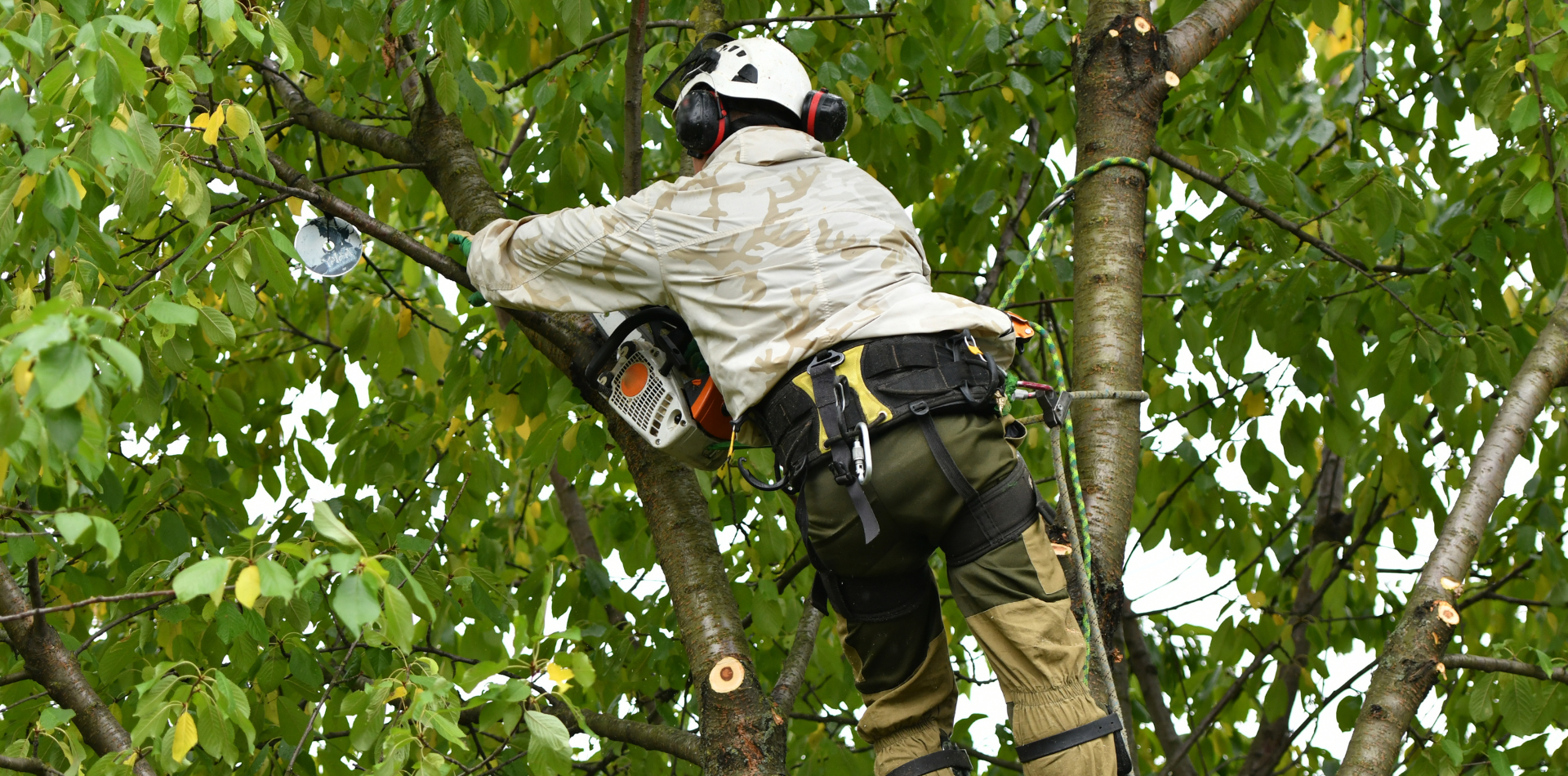
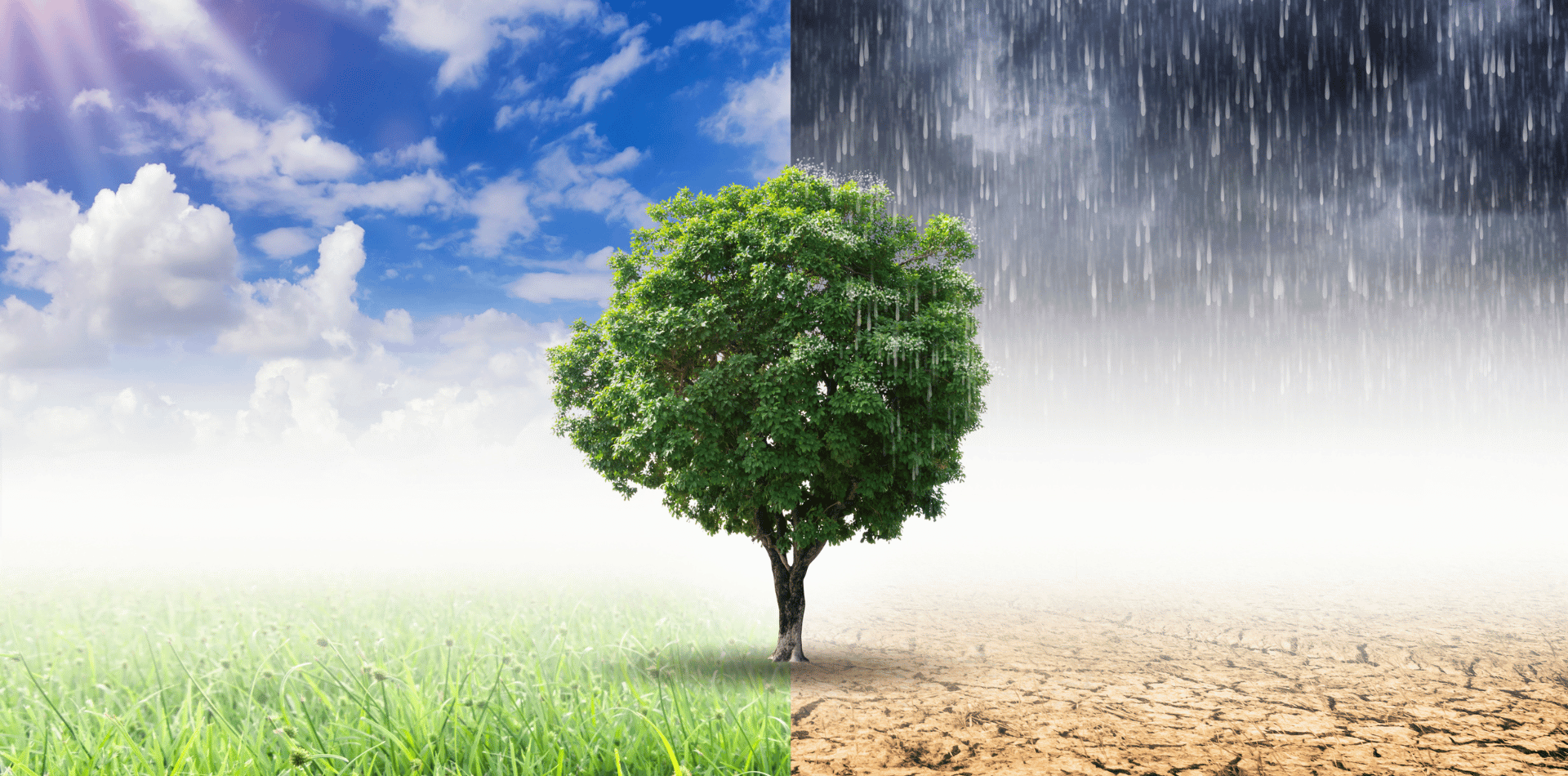
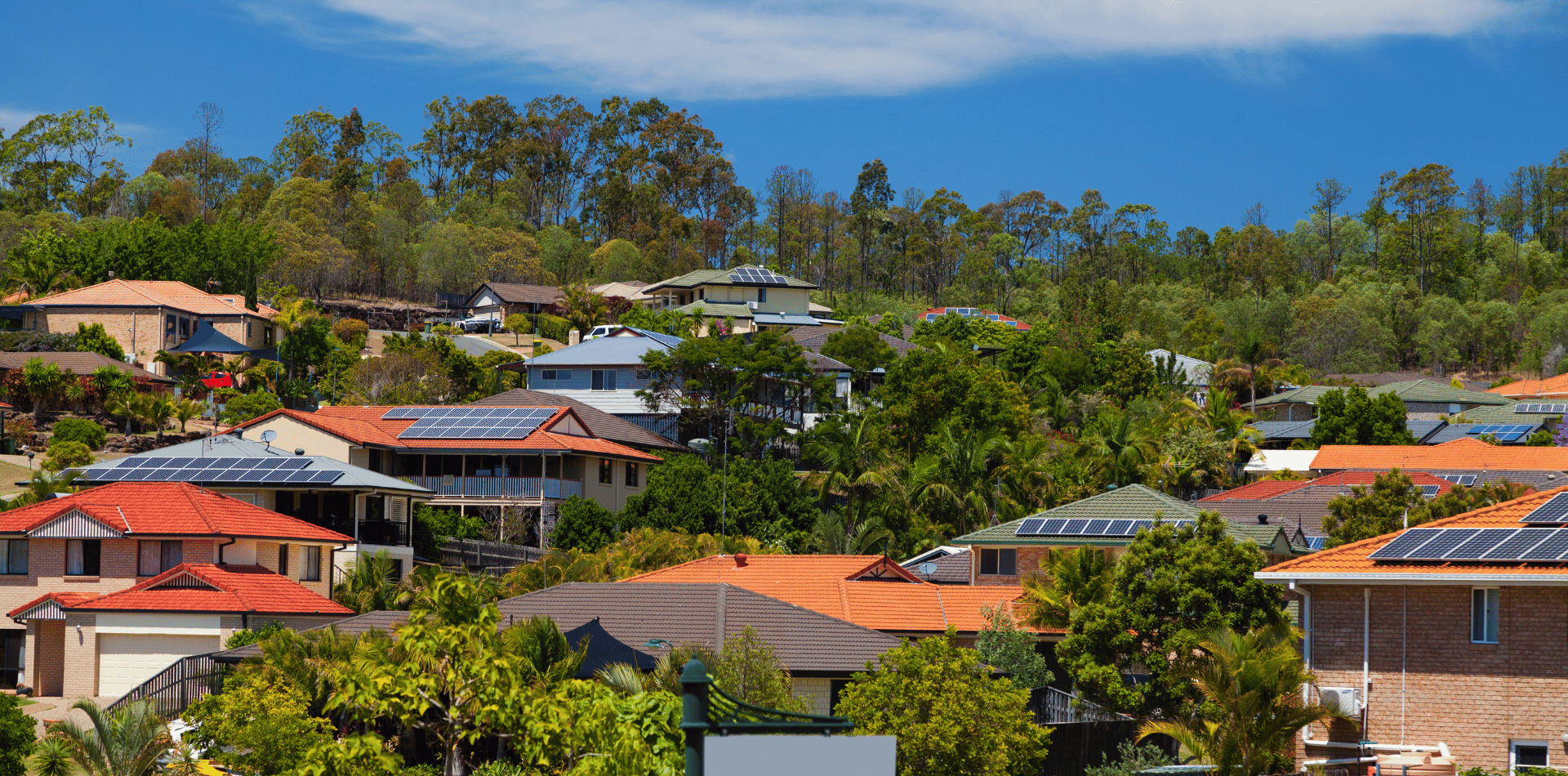
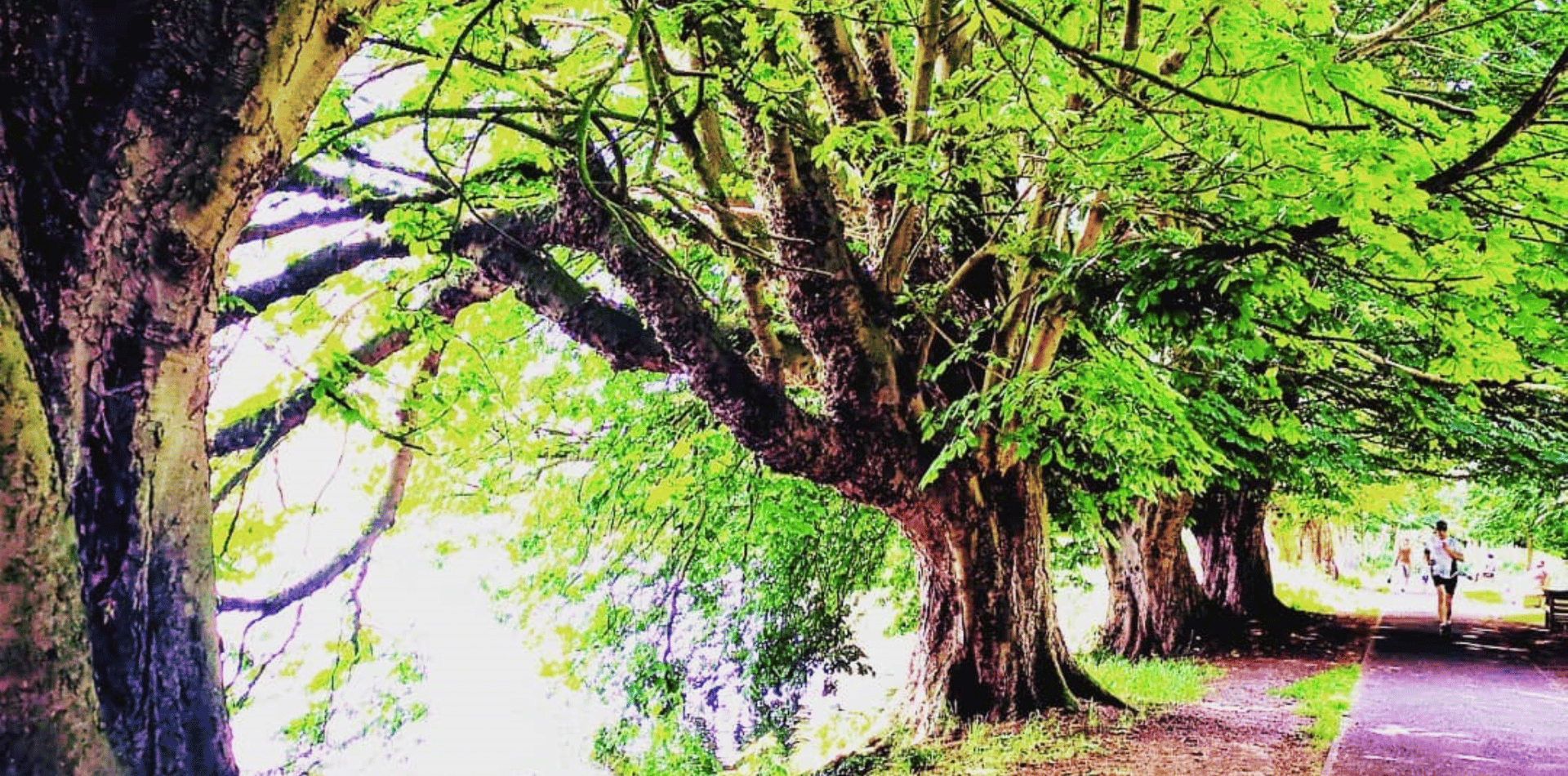
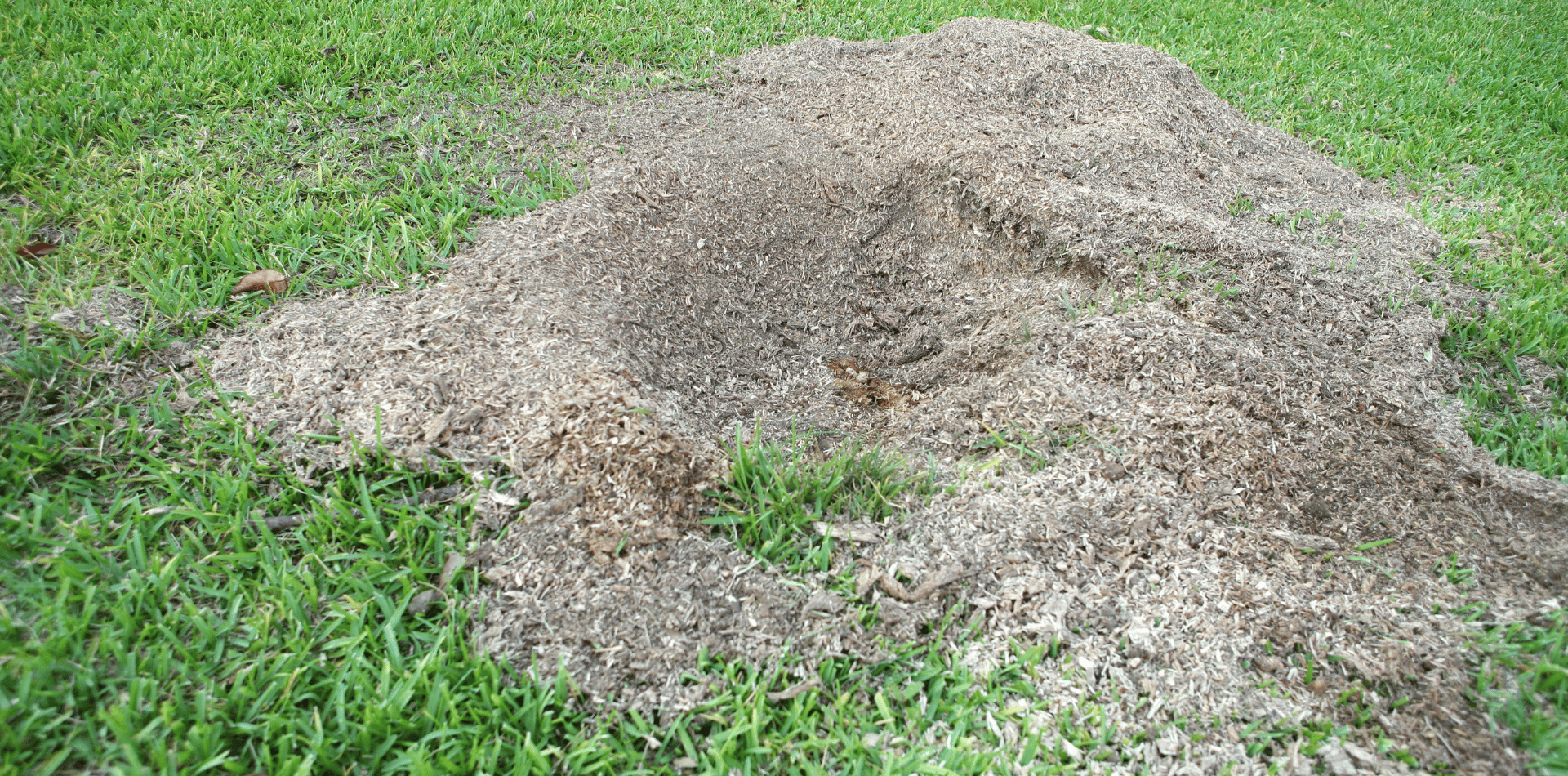

Contact
Kaptol Tree Removal Newcastle
A Member of the Kaptol Group
Powered by Kaptol Media

